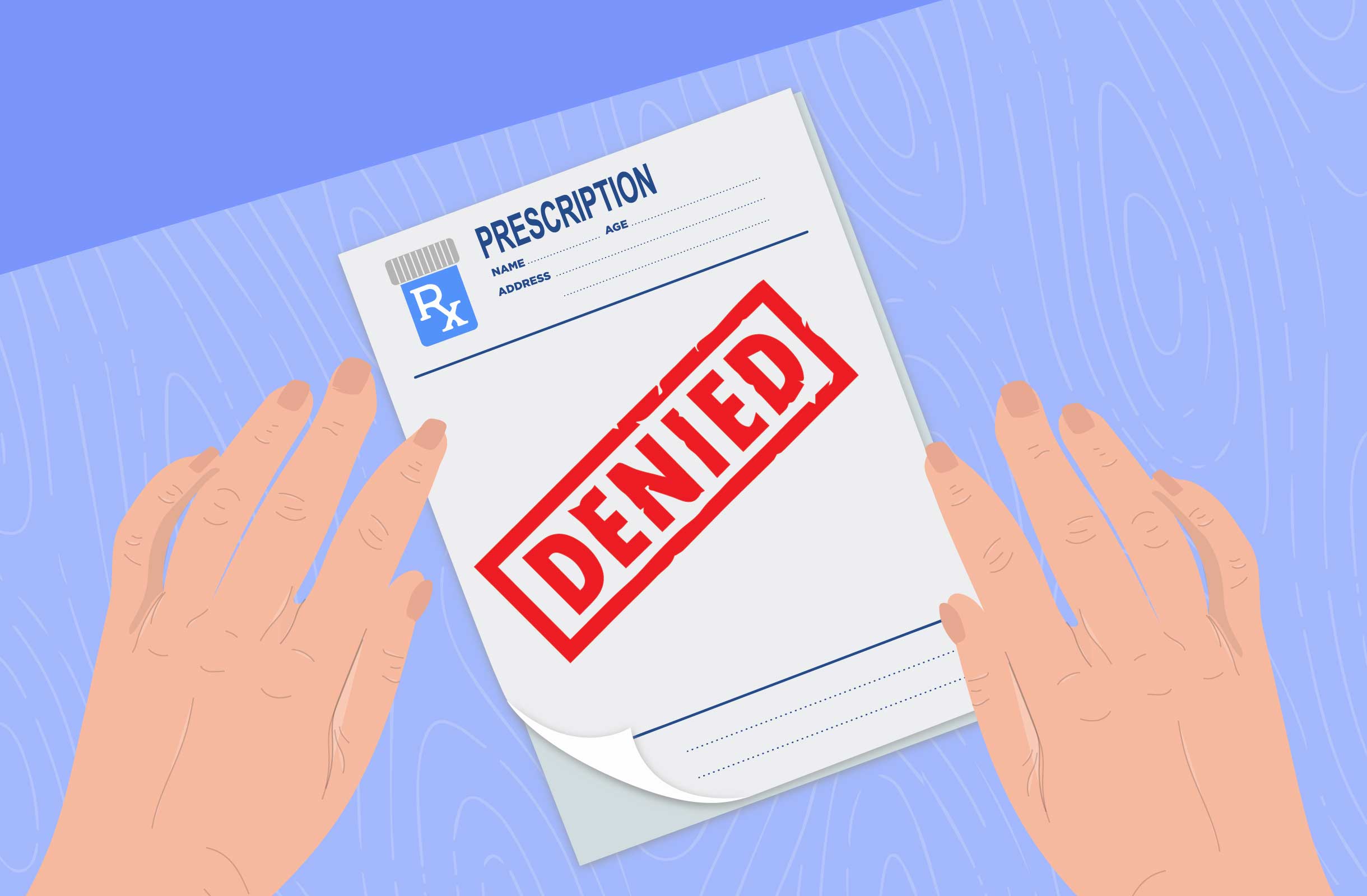Category: Blue Cross Blue Shield of Alabama
-

Close Patient Care/Diagnosis Gaps with New Informational Claim Process
Blue Cross and Blue Shield of Alabama now offers a new informational claim process in which you have the option to submit an informational claim through ProviderAccesseClaims to report previously closed patient care/diagnosis gaps. The informational claim is for reporting purposes only. Effective March 6, 2017, the option to dispute an item on a patient’s…
